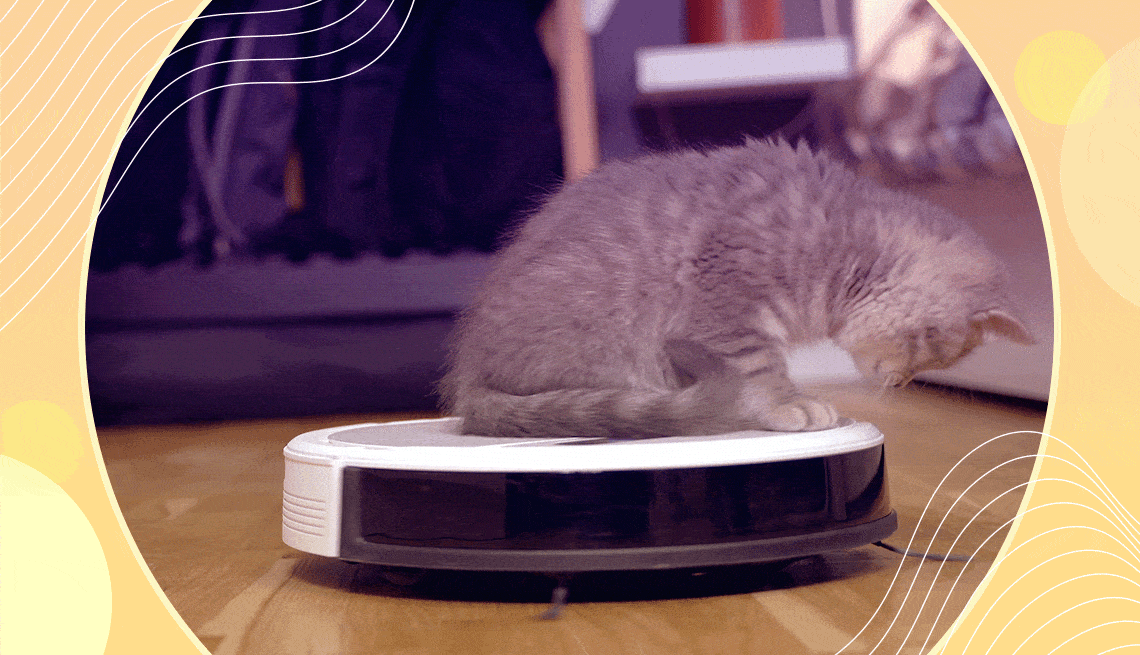AARP Hearing Center


The first time I saw a robovac at a press launch event over 20 years ago, I thought it was the most frivolous thing I'd ever seen: a spinning saucer that was better at providing a taxi service for cats than it was at cleaning carpets.
But thanks to a raft of technical improvements since then, robovacs have exploded in popularity — racking up sales of over $5.2 billion in 2023 — and can be a helpful resource for older adults who may have trouble bending, reaching or lifting furniture to get dirt and grime off the floor.
"Technologies such as robotic aids like the Roomba can off-load tasks like vacuuming that are physically demanding and challenging for many older adults especially those that have a chronic condition or functional impairment," says Sara J. Czaja, director of the Center on Aging and Behavioral Research at Weill Cornell Medicine in New York City.
Better navigation and obstacle avoidance using lidar and video sensors has made robovacs easier to manage, and with their low-profiles they can get into neglected places like under dressers and beds. They can even send you a live video picture as they sweep the floor — so you can see what that darn cat is up to.
How robovacs work
Most models are round, deep-dish pizza-shaped affairs with wheels and brushes underneath. Robovacs connect to your home Wi-Fi network and have sensors to prevent them from crashing down the basement stairs. And most models let you program and control them via a smart phone app, including sending them off to clean specific rooms indicated on a digital map that the robot creates.
What's the cost?
Czaja notes that to be of use to most seniors the technology has to be affordable.
Robotic vacuums and mops range in price from $180 to more than $1,400. So you want to consider if you need the features that make them more expensive. Basic models map out your home and vacuum everything into a small self-contained bin that you empty by hand. At the high end, full-featured robovacs empty themselves into a base station as well as wet mop hardwood and tile floors and apply extra suction to carpeted areas.

































































More From AARP
Should You Get a Gas or Electric Portable Generator
What to know when choosing a power station to keep devices running
What You Need to Know About Robotic Lawn Mowers
Features make mowing quiet and virtually effortlessAARP Smart Guide to Decluttering
39 strategies on how to donate, ditch and downsize the things filling up your home